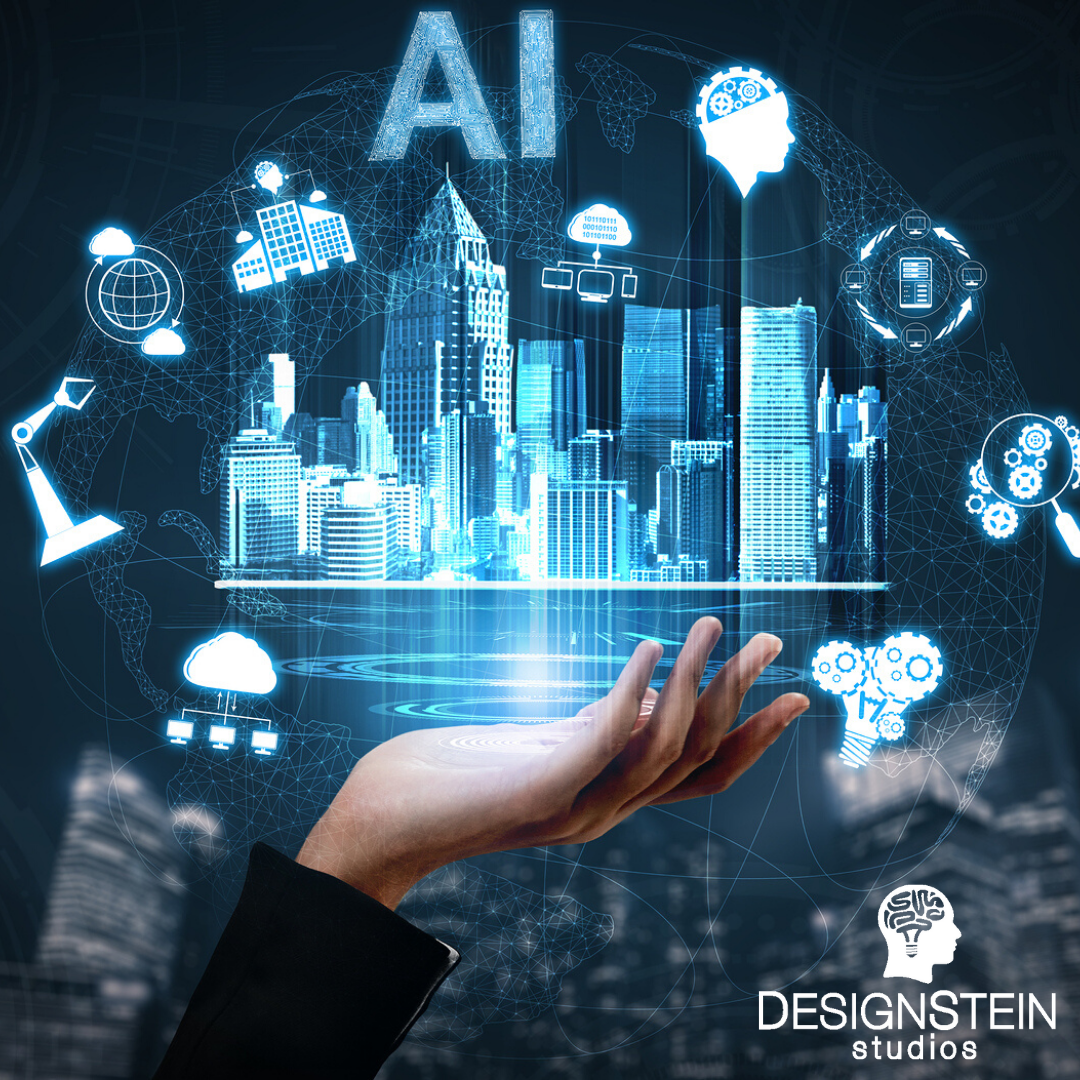In today’s economy, artificial intelligence is the most significant commercial opportunity. So how does AI affect product managers?
Every single day we use machine learning or AI-driven products, and the trend of using such products has grown exponentially over the years. Research shows that in 2018, more than 5000 start-ups used AI for their products, services, and ancillary applications. Those statistics escalated to 9000 in 2019.
The development of AI is considered to be the fourth industrial revolution. By 2030, AI will contribute $15.7 trillion to the global economy. It can transform GDP potential and productivity of the global economy, therefore investing strategically in various kinds of AI technology is essential to make this happen.
AI will be a significant commercial opportunity in the years to come. So how it will impact the role of product managers? As a first step towards realizing the impact of AI into the business process, the product design companies should integrate it into critical products. Below are the key aspects developers should pay attention to:
Understand the problems that you are trying to solve with machine learning
The starting point of a great product development process is identifying the actual problem. For example, people do not buy a drill because it can create a beautiful hole, they want it to create a nice dining room that they can decorate with stunning artwork and beautiful pictures. On the other hand, with artificial intelligence, the solution itself becomes so thrilling that it is often hard to ponder why we need it in the first place.
The problem that artificial intelligence solves usually falls into one of the following categories:
Better user experience more personalized and tailored
With the help of ML and AI, product designers can provide functionalities like using a fingerprint for placing an order or communication with chatbots via a chat interface. It opens up neverending opportunities for both small and large businesses to give personalized and interactive customer experiences.
Businesses can retarget ads in a better way using AI. It allows them to personalize ads using data like social media activity of customers, location, bank details, and behavior. So when the ad pops up on the screen, they feel like it is useful for them, and then they make a purchase decision. For users, it’s all about convenience, so the closer the experience to their behavior and needs, the better.
Al makes the user experience safer
One of the most significant examples is search engine spamming, but there is much more than that. Anomaly detection identifies suspicious bank accounts and transactions. Integrity classifiers flag malicious or harmful user-generated content. In the past, most of this needed a lot of human efforts, but now a safe user experience seems impossible without ML.
To ensure this, product design companies need to do a thorough risk analysis and have an in-depth understanding of the potential implications of the product.
AI can help the user to achieve their goals faster and easier
Repetitive tasks are often monotonous, and you can carry them out far easier with the help of machine learning. You can easily put machines into multitasking because they think faster. Plus, the machine intelligence can easily carry out dangerous tasks. Unlike humans, their parameters can easily be adjusted. So if you want to reduce the number of steps to complete a task, you can easily incorporate AI. For example, if you’re going to write an email, then there is an autocomplete option that can enable you to do this far easier.
To make this happen, product design companies need to understand how a user journey looks. What steps do customers need to take to achieve the product?
Create a new user experience which was not possible before
With over 36 million blind people and more than 217 million people with mild to severe visual impairment, they feel excluded from the online conversations around photos. The auto text generator on Facebook solves this problem, and the photo description generator can be helpful for those who can’t take part in the discussion otherwise.
Only a deep understanding of pain points and the needs of customers can help designers solve this problem.
Generally, these kinds of issues remain unnoticed, and users rarely talk about similar problems, which makes it harder to realize the problem in the first place. Therefore, it is incredibly essential to have the right level of understanding of the issues and have empathy towards all end-users. If we understand the problem in a better way, it will help us decide what sort of data we should collect, which model to choose, what features to build, and how to define success.
To have a great end-result, make sure all the team members are on the same page. Businesses can use AI to improve their products and services. It allows them to add certain features to make the products safe, efficient, and economical.

